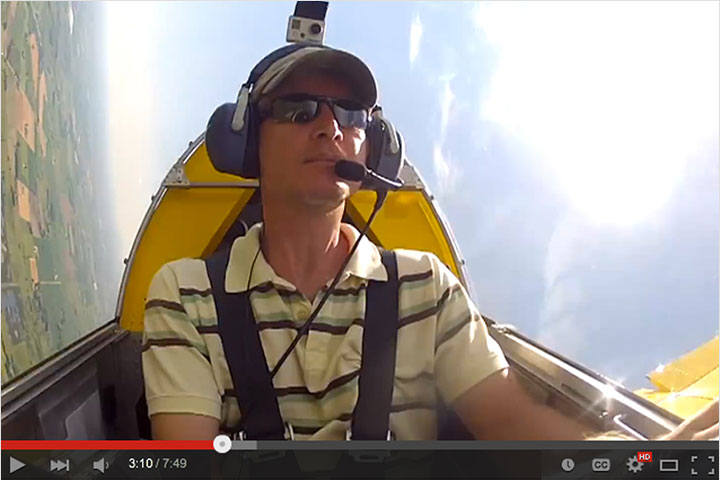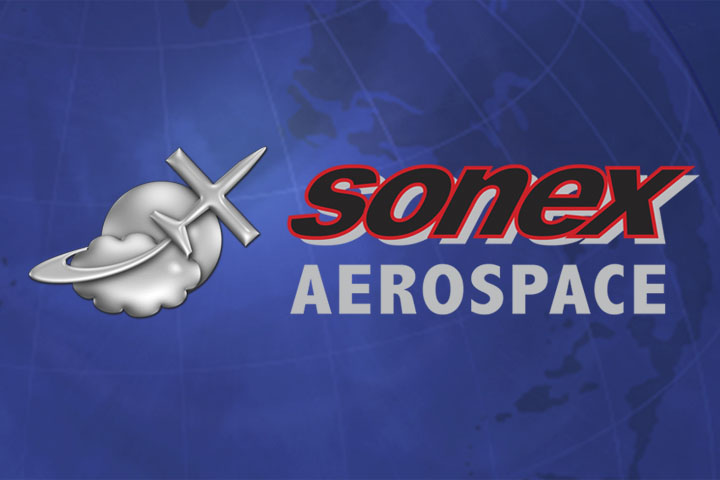
by Sarah Rovner of Full Throttle Aviation, Clemens Insurance
As both an aircraft owner, tailwheel flight instructor and insurance agent, I understand the concerns that many new owners have when determining their best course of action with an aircraft purchase or build. I’ve flown about 7 different Sonexes personally – everything ranging from plans-built (scratch built) planes with the Corvair engine to the kit planes with Jabiru and Aerovee options. I’ve found the Sonex to be very fun, forgiving, and above all a cost-effective option to feed our passion for aviation. However, as we all know, the question of insurance and training has made it challenging for people to fly and be covered.
If there was one way to describe Sonex insurance for new owners, it would be the ages-old adage of “you need experience to get experience.” Insurance companies in general are careful about insuring experimental aircraft, and even more careful with insuring owners who don’t have much experience in that make and model. If a pilot without any time in type or very little time in type is able to get insurance, it often comes with the caveat of needing to receive dual instruction from a CFI that meets the open pilot qualifications (often 25 in make and model) which means they also need time in type! Some of the Sonex with less engine power (Jabiru 2200 and 80hp Aerovee variants) are at a disadvantage because then weight can be an issue which may limit options for instructors. Creature comforts like electric flaps and advanced avionics can often raise that empty weight to a point that a larger owner or instructor may have a hard time receiving dual instruction. The plane is actually very comfortable and wide for bigger pilots, but weight can still be an issue.
Based on my experience over the past few years with different owners, insurance companies seem to always want the owner to have time in type or receive dual instruction. However, this is not always the case as it also depends on pilot experience, type of Sonex and engine, and claims/accident/incident history. Insurance companies look at overall experience of the pilot which includes time in make and model and overall tailwheel experience. While the Sonex can be used as a primary tailwheel trainer to get the endorsement, some instructors may be hesitant if they don’t have a lot of experience in type. It’s a good idea to talk to a local CFI and find someone who could do training with you prior to buying it since insurance will likely require a checkout if the owner doesn’t have time in type. I also recommend to pilots that they obtain their tailwheel endorsement ahead of time since that will not only help the insurance situation but also give them the chance to experience a more challenging tailwheel airplane. While the Sonex is among the most docile tailwheel planes I’ve ever flown, my Cessna 170 will make you work for a good landing!
If you’re considering a Sonex purchase or build, do know that you are looking at a great airplane with a great community. However, make sure that you take into consideration training and insurance when considering to build or buy. Like any experimental, the Sonex can vary dramatically in power, useful load, and build type so take a look at that ahead of time. And if you get the chance to fly with another owner, even if they’re not a CFI, that can be incredibly useful before transitioning to your plane. If you’re building, you can take advantage of the additional pilot program for flight testing as long as the Sonex meets the requirements of the program. A lot of people don’t realize that the additional pilot program requires that the airplane is a kit (not plans or scratch built) and has an engine supported by the manufacturer (currently Aerovee, Jabiru, UL Power, and Rotax). While airplanes with other engines can still be great airplanes with proven technology, they are still not approved by the factory and not for the additional pilot program. This can make it challenging for someone to get the training required by insurance since the owner’s newly built plane can’t be flown for dual instruction until it completes Phase 1.
If you want to discuss insurance and training, feel free to reach out to me. You can reach me at sarah@fullthrottleaviationllc.com for training or sarah@clemensinsurance.net for insurance.






